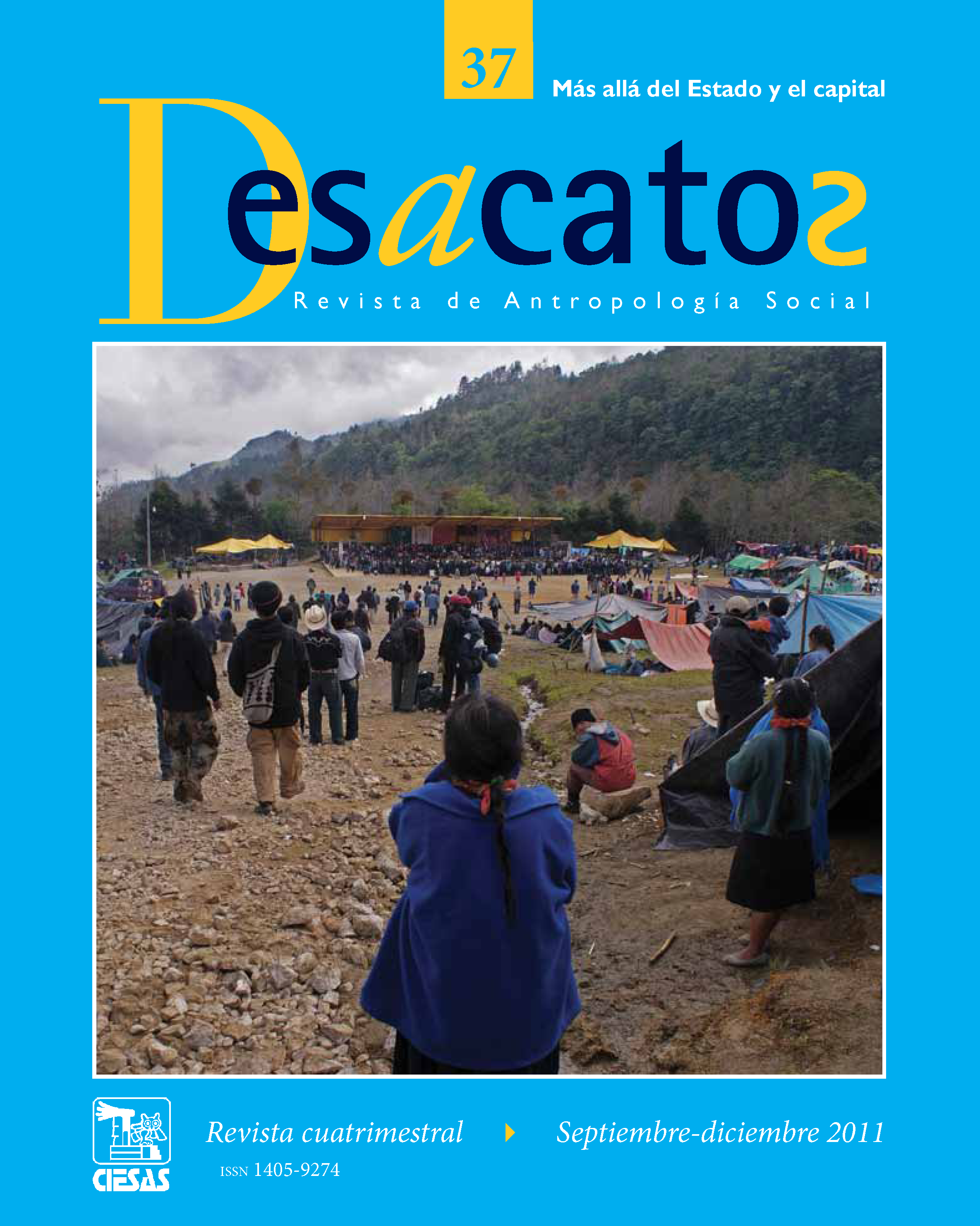Alfabetización y cobertura escolar en Hispanoamérica. La primera expansión educativa costarricense (1750-1830)
DOI:
https://doi.org/10.29340/37.292Keywords:
This article argues that from 1750 to 1830 Costa Rica experienced the first expansion of the school system encouraged by the Borbonic Reforms, the Constitution of Cadiz (1812) and the new political order after independence from Spain (1821). Literacy mainly expanded between small and medium producers male children from urban and rural settings. However, starting in the 1830´s, Costa Rica experienced a decline in literacy product of three processes. First, the colonization of new land separated the immigrants from existing educative infrastructure. Secondly, the gap created by the lack of investment in education and its relation with demographic growth. Thirdly, the reduction of the amount of municipalities created on an expanding country (municipalities were in charge of the administration of elementary schools).Abstract
, , , , , ,Downloads
Published
2014-01-09
Issue
Section
ESQUINAS
License
.
How to Cite
Alfabetización y cobertura escolar en Hispanoamérica. La primera expansión educativa costarricense (1750-1830). (2014). Desacatos. Revista De Ciencias Sociales, 37, 125-144. https://doi.org/10.29340/37.292


 Make a Submission
Make a Submission
 Language
Language
 Information
Information

 Keywords
Keywords Social Media
Social Media